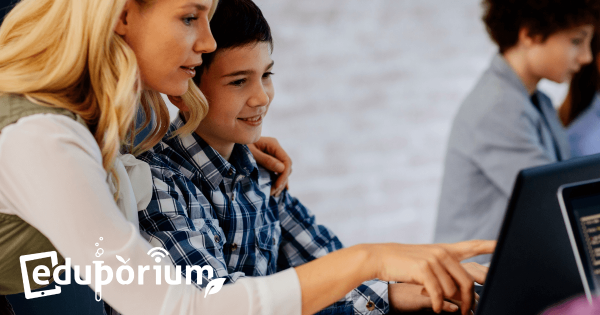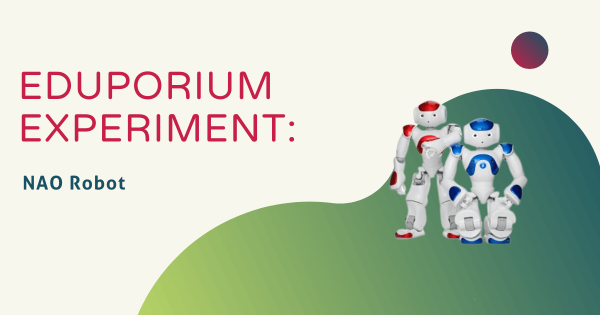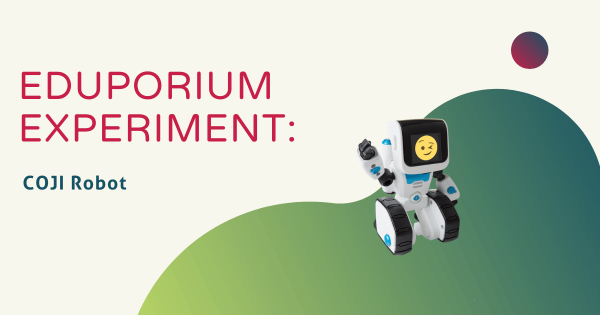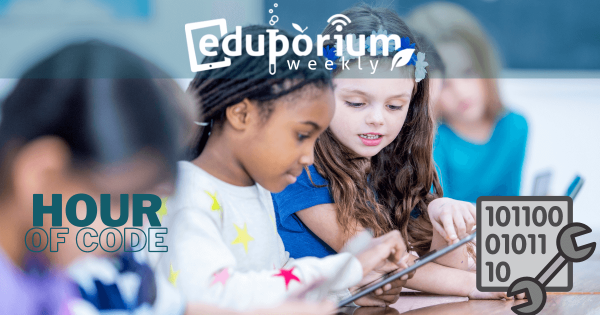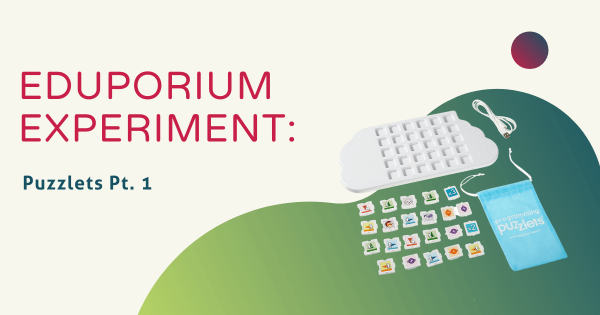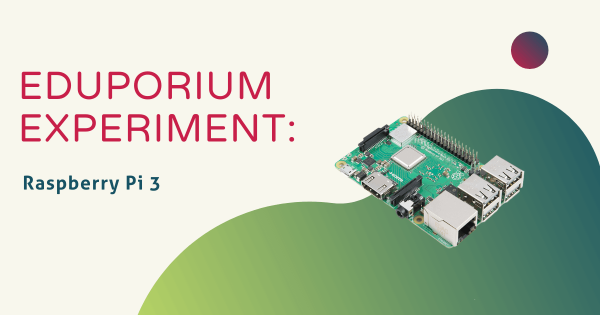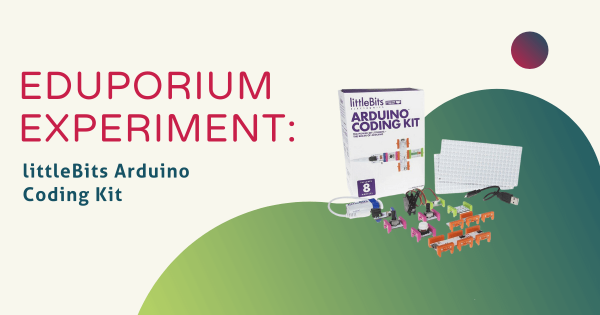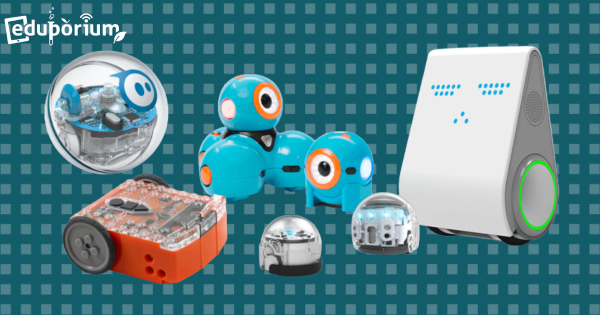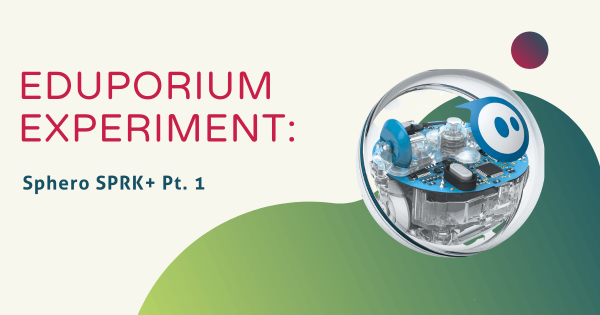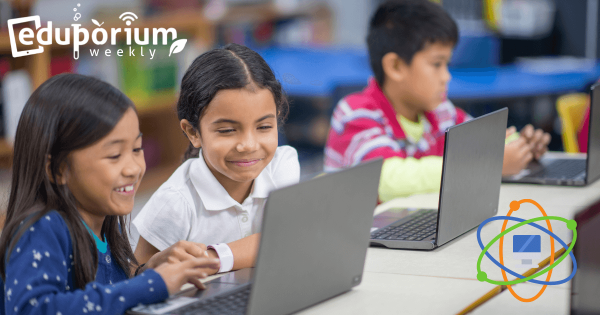Coding
Coding is, of course, a hugely important area of 21st century education. Whether they're as young as Pre-K or ready to enter college, coding is extremely relevant to almost every student's future. Thankfully, millions of educators and administrators realize the importance of teaching kids to code. Whether it's a curricular requirement or part of an informal school club, programming experiences are amazingly valuable for students. There's also plenty of options, so educators can find something without complicated or pricey features. In this section, you'll see a lot of different topics related to K-12 coding. These include features on particular STEM tools, insights on coding integration, skills students can develop and more. There's also something for teachers of all grade levels. Whether you teach the early grades or have students with the foundation to take the next step, you'll find helpful resources for teaching coding in the classroom.
Coding is truly an experience that all K-12 students can have. Starting in the early grades, students can code screen-free with a tool like the Cubetto Robot. Then, they can start to increase their coding skills and explore Blockly environments using tools like the Dash Robot, Ozobot Evo, and many others. From there, students can explore a bunch of different languages, like Snap!, Scratch, MakeCode, and more and, eventually, expand their skill sets by exploring text-based languages, like JavaScript and Python. All the while, the STEM solutions we advocate for also allow students to learn the most important coding concepts, like loops, variables, inputs, conditionals, and syntax. With a natural progression that leads to increased computer science competencies and enhanced future readiness, it's tough to understate the relevance of coding experiences in the classroom.
-
Guest Post: Coding A High School Graduation Requirement
As more and more emphasis is being placed on preparing workers primed to succeed in the 21st century workforce, it seems logical that more emphasis should be placed on helping students acquire programming skills. In over half of US states, however, computer science-related disciplines don’t count towards graduation requirements. -
Eduporium Experiment | NAO Robot
Here at Eduporium, we have been lucky enough to acquire our very own version of one of the most advanced robots in the world—a little bot called NAO. NAO is about two feet tall and voice activated. We’ve had it around the office for a little while now, and although we’ve seen a little of what NAO is capable of, -
Eduporium Experiment | COJI Robot
COJI is a small robot designed to teach the ideas of coding to children as young as four years old by using Emoji-based commands. The idea behind this language is that faces and images are easy to understand for young children. The display screen that makes up COJI’s face depicts one emoji and the emoji-based coding language is pretty fun. -
Eduporium Weekly | The Hour of Code is Upon Us
The annual Computer Science Education Week put on by Code.org serves as a yearly reminder of the importance of coding and Computer Science education in contemporary K-12 schools. Expected to be the literacy of future generations, coding has become an extremely important skill to have and creative Hour of Code projects are very helpful. -
Eduporium Experiment | Puzzlets Pt. 1
Puzzlets is a unique product designed to introduce the youngest students to problem solving and inspire curiosity through technology. The Puzzlets themselves come in a kit that connects to a Bluetooth-enabled device and create the conditions for an unusual kind of play: an interactive video game controlled by a group of physical toys. -
Eduporium Experiment | The Raspberry Pi 3
The Raspberry Pi is a tool that I’ve become very aware of since I started working here at Eduporium: there’s one in the entryway of our office running a slideshow with company announcements and events. It’s one of the first products we show off to visitors, interviewees, and people joining our team and it is one of our most adaptable -
Eduporium Experiment | littleBits Arduino Coding Kit
Generally, when maker-minded teachers and learners hear ‘Arduino,’ they tend to think of high-level devices you build yourself, write the code for and then program it to execute whatever function it is designed to complete. If you’ve heard of littleBits, however, you know that these electronic building blocks define simplicity. -
Robotics: A Competition And A Stepping Stone
If you think you’ve seen kids get excited about learning, you probably haven’t seen the full extent of excitement until you’ve seen robots make their way into the classroom. Teachers can discuss the ideas of learning with robotics with their students, but when it comes to unleashing their potential in the classroom, students won’t be able to contain themselves. -
Eduporium Experiment | Sphero SPRK+ Pt. 1
Thinking about the hottest and most useful skills that today’s students will, more than likely, need to know, the first thing that always comes to my mind is coding. Coding is everywhere in the workforce in 2016. For students in first and second grade now, however, coding will be in even more places than everywhere by the time they’re ready -
Eduporium Weekly | Computer Science? Yeah, It's Huge
Alarmingly, just one in 10 American schools offer regular computer science classes in their curricula. If I could pick just one word to describe that trend, it might have to be ‘disconnect.’ It doesn’t make any sense, you see, because jobs involving computer science skills are being created four or five times as fast as qualified graduates can fill them.




